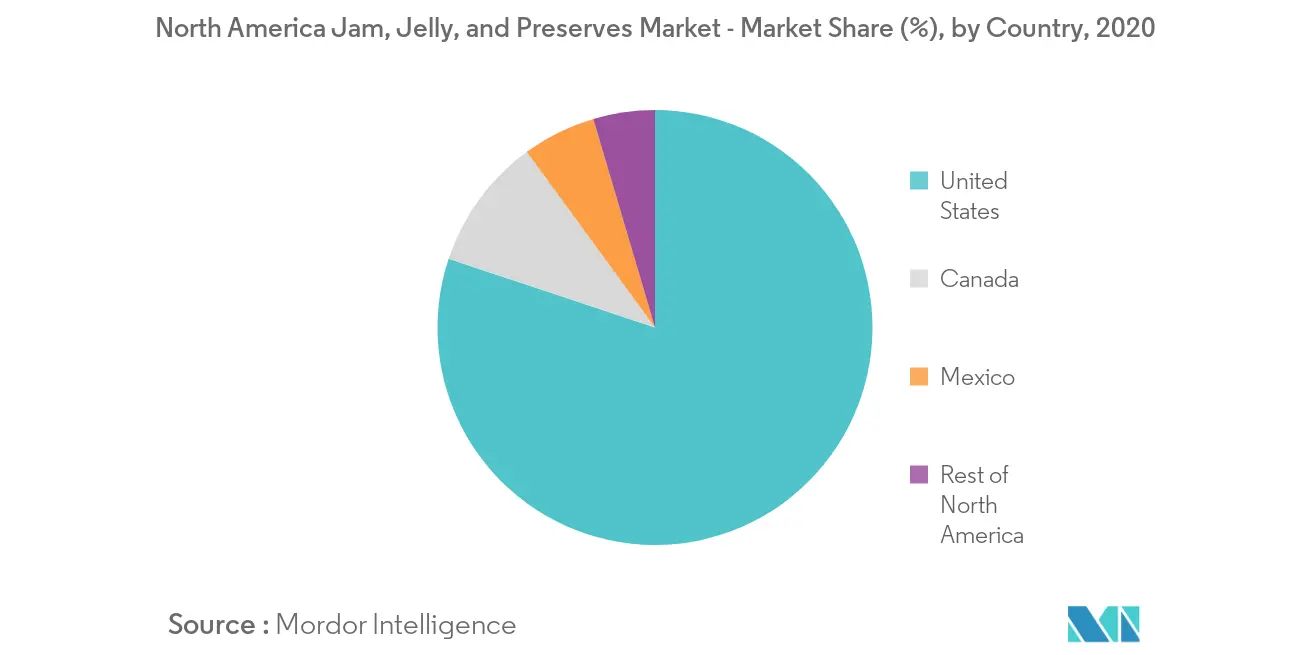Market Trends of North America Jam, Jelly, and Preserve Industry
This section covers the major market trends shaping the North America Jam Jelly & Preserve Market according to our research experts:
Demand for Clean-label and Reduced Sugar/Fat Spreads
With low carb and low-fat diets trending, consumers are incessantly opting for healthier and tastier convenient food options, like reduced sugar and fat jams, jellies, marmalades, and preserves. Moreover, a majority of consumers are looking for fruit spreads without any artificial preservatives or additives, as the continuous use of these artificial flavours and additives gradually leads to long-term adverse health effects. Thus, this is creating a growth opportunity for the players to establish their presence in the market with their high-quality products infused with zero-calorie sweeteners and natural preservatives. The aim of clean labels is to drive the sustainability of the product and provide great taste. The prominent player of the market studied, JM Smucker, has expanded its spread product range with the launch of honey- and fruit-based spreads with natural ingredients.

United States Holds the Largest Market Share
In the United States, consumers eat food spreads mainly as a breakfast item in combination with bread. According to Agri Canada, about 77% of American consumers prefer to use jam, jellies, and marmalades at breakfast, while 67% of consumers like to consume peanut butter and other seed spreads. Apart from the well-established brands, there has been a significant rise in the number of country-specific local brands offering similar products at a more competitive price. The availability of regional products at a reasonable price is creating competition in the market. The greater the number of private-label brands, the greater is the price competition in the market. The competition is forcing many established international brands to differentiate their products from their local producers, leading to product innovation in the market.


